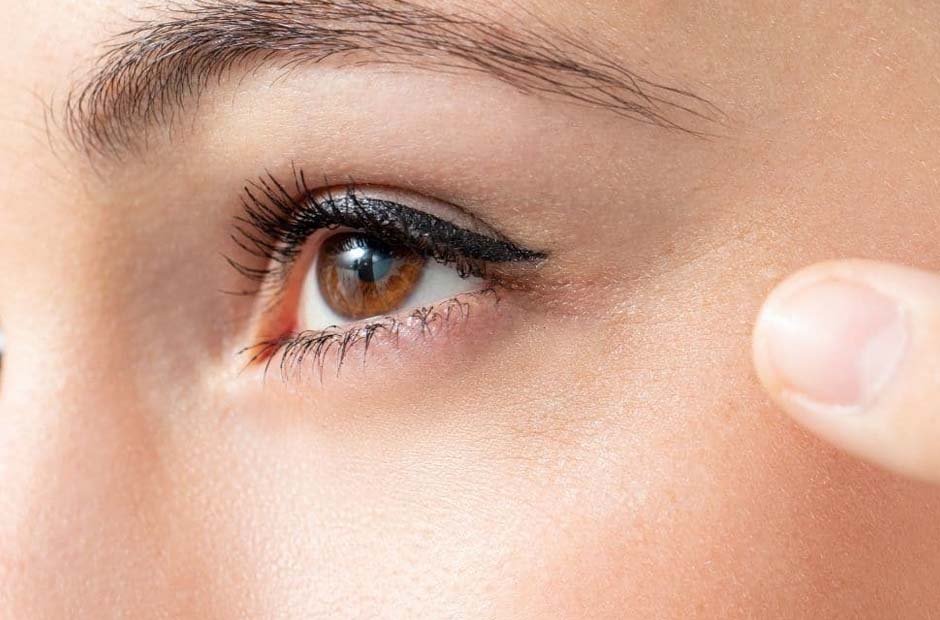Botox treatment can be used to treat crow’s feet around the eyes. Repeated facial movements and expressions such as laughter or smiling can cause crow’s feet. Also known as lateral canthal lines, crow’s feet can develop due to loss of skin elasticity as we age. Here’s the process of how Botox can be used to help manage crow’s feet around the eyes:
Consultation
During your initial consultation, the provider assesses your concerns and discusses your treatment goals. The provider can examine the areas around your eyes to assess the severity of your crow’s feet and determine if Botox is an appropriate treatment for your concerns. They may take photographs to document your baseline appearance for comparison after treatment.
The healthcare professional can explain how Botox treatment works and describe the injection process. The expert can also provide you with pre-treatment instructions, including avoiding certain medications or supplements that can cause bruising. They might also advise you to avoid alcohol and to stay hydrated before the procedure.
Treatment
On the day of your treatment, have a clean face free of makeup, lotions, or other skin care products in the treatment area. This allows for a clean and sterile environment for the procedure. An experienced provider can apply numbing cream on the treatment site to manage discomfort.
The healthcare provider will mark the injection sites on the skin at the corners of your eyes. These marks help guide the dermatologist during the injection process. The provider uses a fine needle to inject small amounts of Botox into the muscles around the corner of the eye. The injections are usually shallow and administered directly into the muscles that contribute to the formation of crow’s feet when you smile or squint.
Healthcare providers experienced with Botox use precision and accuracy in injecting the right amount into each muscle group. This precision can help achieve natural-looking results while preserving facial expressions. After the injections, the provider may apply a cold compress to minimize swelling.
Results
After receiving Botox injections, you may notice some initial effects within a few days. The full effects of Botox treatment typically become more noticeable over several days to a week. During this timeframe, any remaining muscle activity decreases, and wrinkles become less noticeable. After some weeks, you might see a substantial reduction in the appearance of crow’s feet, with the skin in the treated area appearing smoother.
Maintenance
The duration of Botox results can vary from person to person. Some individuals may experience a longer or shorter duration of effectiveness based on their metabolism, dosage, and muscle dynamics. Your healthcare provider can give you a better estimate of how long you can expect the results to last.
To maintain your desired appearance, you can schedule routine touch-up Botox treatments. These touch-ups can help you sustain the effects and control your crow’s feet wrinkles. The frequency of these maintenance treatments can vary but is usually every few months. The timing of maintenance injections can be customized to your specific needs and goals. Your healthcare provider will assess your progress during follow-up appointments and recommend when to schedule your next treatment session.
How Botox Works
Botox works by interfering with the communication between nerve cells and muscles. When your brain sends a signal to a muscle to contract, a neurotransmitter called acetylcholine is released at the neuromuscular junction, where the nerve and muscle meet. Acetylcholine binds to receptors on the muscle, leading to muscle contraction.
Botox contains a neurotoxin that blocks the release of acetylcholine from nerve cells. The signal from the nerve to the muscle is interrupted, and the muscle doesn’t contract intensely or becomes temporarily paralyzed. Botox’s muscle-paralyzing effect in eye muscles relaxes them, reducing their capacity to create wrinkles when you make facial expressions. With the muscles relaxed or weakened, the skin covering them becomes smoother. The wrinkles and lines previously formed during muscle contractions are less visible or may disappear.
Schedule an Appointment for Botox Treatment
Botox can help manage crow’s feet around the eyes by blocking the nerve signals that activate muscle contractions temporarily. You may need to repeat the treatment every few months to sustain the improvement in the appearance of the crow’s feet. A qualified provider can offer personalized treatment based on your aesthetic goals and health needs. Book a Botox appointment to manage crow’s feet today.


